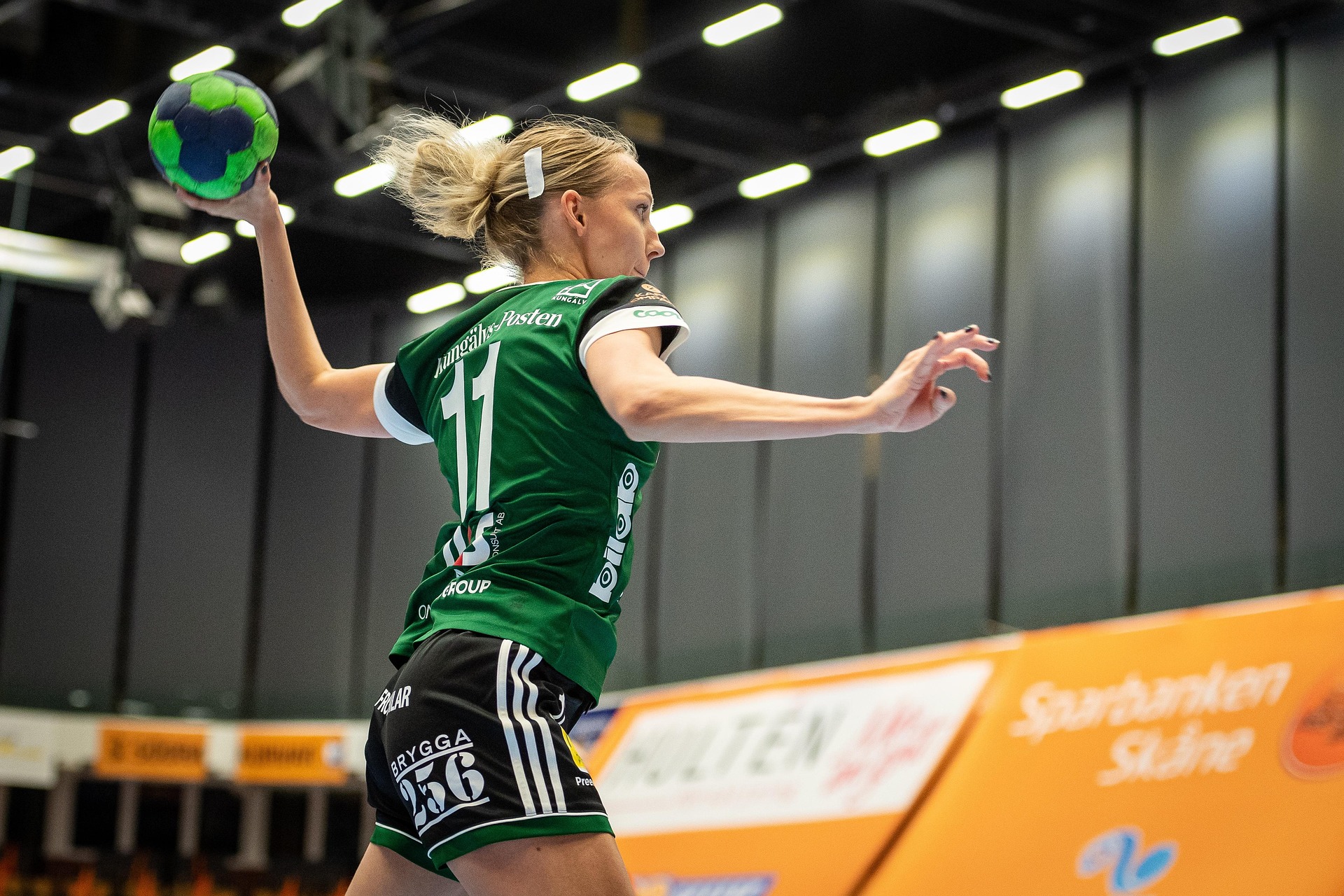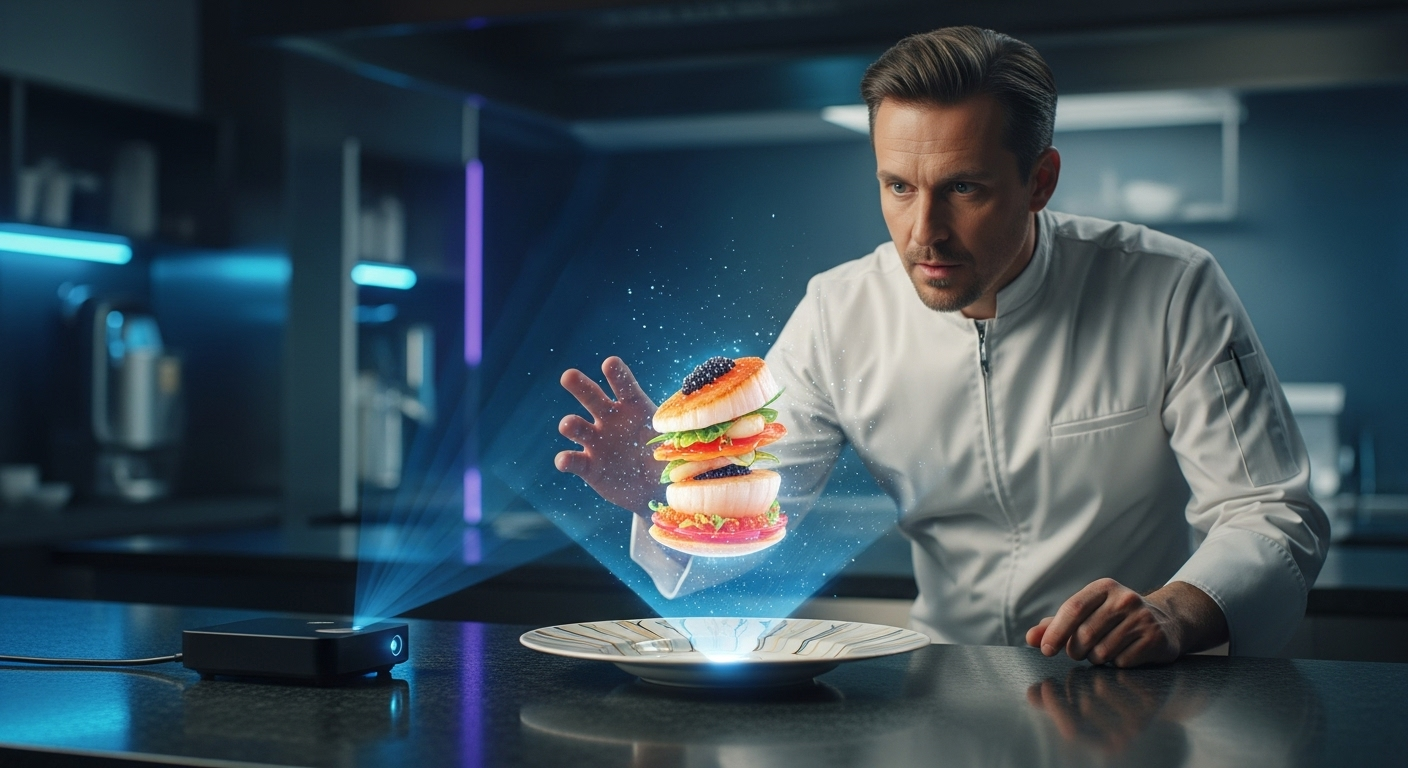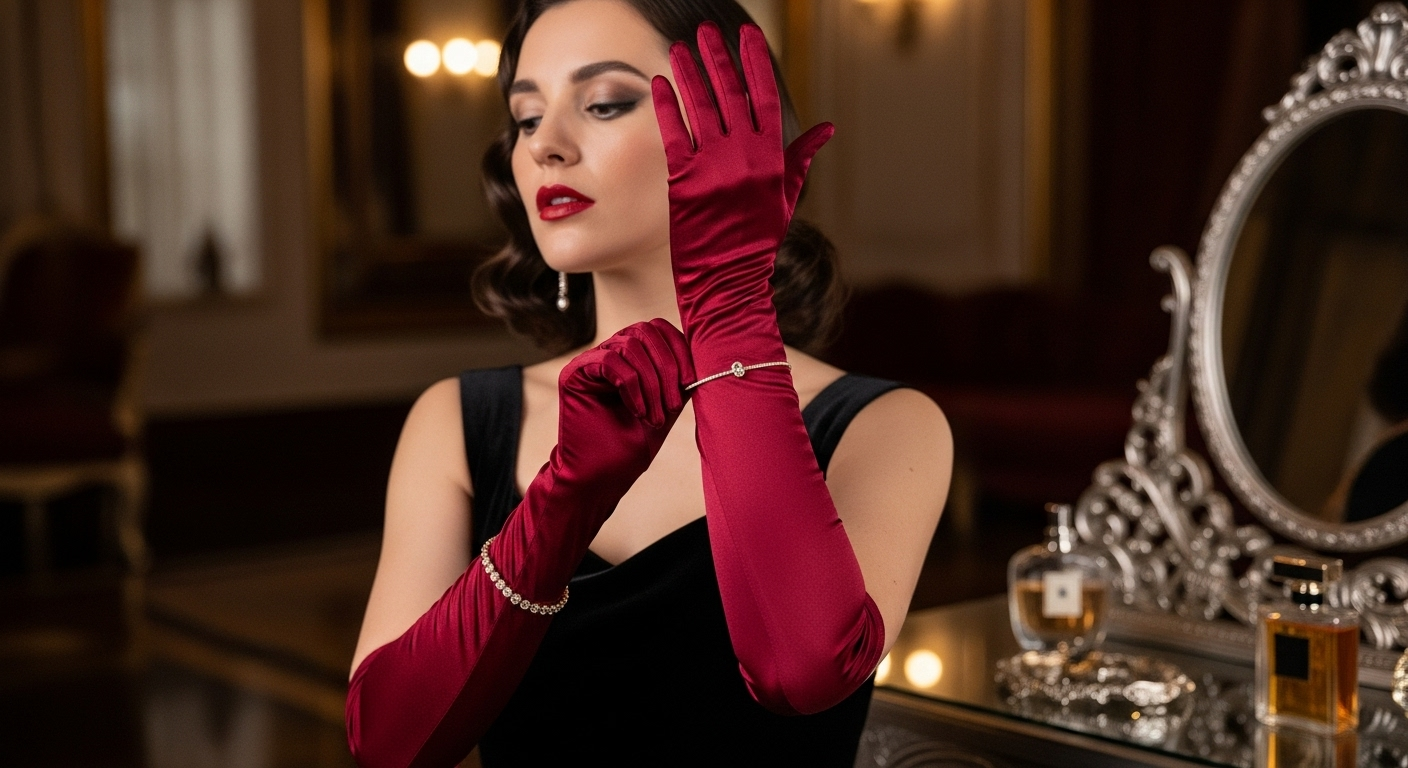Decoding the Dynamo: The Hidden Art of Handball Goalkeeping
In the fast-paced world of handball, one position stands as the last line of defense, a role that demands lightning-quick reflexes, tactical acumen, and unwavering mental fortitude. Handball goalkeeping, often overlooked in mainstream sports discourse, is a complex art form that blends physical prowess with psychological warfare. This exploration delves into the intricate world of handball goalkeepers, uncovering the techniques, strategies, and evolving trends that define this pivotal position on the court.

The Evolution of Handball Goalkeeping
The role of the handball goalkeeper has undergone a remarkable transformation since the sport’s inception. Initially viewed as a last resort to prevent goals, goalkeepers were often players who lacked the speed or agility for outfield positions. However, as the game evolved, so did the demands placed on these specialized athletes.
In the early days of handball, goalkeepers primarily relied on their size and reach to block shots. The strategy was simple: occupy as much space as possible and react to incoming balls. This approach, while effective to some degree, limited the goalkeeper’s involvement in the overall gameplay.
The turning point came in the 1970s and 1980s when coaches and players began to recognize the untapped potential of the goalkeeper position. Pioneering goalkeepers started to incorporate more dynamic movements, actively participating in defensive organization and even initiating counterattacks. This shift marked the beginning of the modern handball goalkeeper era.
Today’s handball goalkeepers are expected to be complete athletes. They must possess not only exceptional reflexes and flexibility but also a deep understanding of the game’s tactics. The modern goalkeeper is an active participant in the team’s defensive strategy, constantly communicating with teammates and adjusting their position based on the flow of play.
The Physical and Mental Demands of Goalkeeping
Handball goalkeeping is a physically and mentally demanding role that requires a unique set of attributes. Physically, goalkeepers must possess exceptional agility, explosive power, and flexibility. The ability to move quickly from one post to another, dive to make saves, and recover rapidly for follow-up shots is crucial.
One of the most challenging aspects of handball goalkeeping is the need to maintain focus and readiness throughout the entire match. Unlike outfield players who are in constant motion, goalkeepers may face long periods of inactivity followed by sudden bursts of intense action. This requires immense mental fortitude and concentration.
The psychological aspect of goalkeeping cannot be overstated. Goalkeepers often face high-pressure situations where a single save or missed shot can determine the outcome of a match. Developing mental resilience and the ability to bounce back from mistakes is essential for success in this position.
Moreover, handball goalkeepers must possess excellent spatial awareness and predictive skills. They need to read the body language of opposing players, anticipate shots, and make split-second decisions on positioning and movement. This combination of physical prowess and mental acuity makes handball goalkeeping one of the most challenging positions in team sports.
Tactical Innovations in Handball Goalkeeping
As handball has evolved, so too have the tactical approaches to goalkeeping. Modern handball goalkeepers are no longer confined to their six-meter line; they have become integral parts of their team’s tactical setup, both defensively and offensively.
One significant innovation is the concept of the “flying goalkeeper.” In crucial moments, particularly when a team is trailing, the goalkeeper may leave their area to act as an additional outfield player. This tactic creates numerical superiority in attack but leaves the goal unprotected, adding an element of high risk and high reward to the game.
Another tactical development is the increased involvement of goalkeepers in initiating fast breaks. With their unique vantage point, goalkeepers can spot opportunities for quick counterattacks and launch precise long passes to teammates. This ability to transition rapidly from defense to offense has become a valuable asset in modern handball.
Defensively, goalkeepers now play a more active role in organizing and directing their team’s defensive formation. They communicate constantly with their defenders, adjusting positions and calling out potential threats. This level of tactical involvement requires goalkeepers to have a comprehensive understanding of defensive strategies and the ability to read the game effectively.
Training Methodologies for Elite Handball Goalkeepers
The specialized nature of handball goalkeeping necessitates unique training methodologies. Elite goalkeepers undergo rigorous training regimens that focus on developing their physical attributes, refining their technique, and enhancing their decision-making skills.
Physical conditioning for handball goalkeepers emphasizes explosive power, agility, and flexibility. Plyometric exercises, sprint training, and specialized stretching routines are common components of a goalkeeper’s fitness program. Additionally, strength training focused on core stability and lower body power is crucial for generating quick, powerful movements.
Technical training for goalkeepers involves countless hours of shot-stopping practice. This includes facing shots from various angles, heights, and distances to improve reaction time and positioning. Advanced training techniques may incorporate the use of visual occlusion methods, where goalkeepers practice reacting to partially obscured shots to enhance their predictive abilities.
Mental training is equally important in the development of elite handball goalkeepers. Visualization techniques, mindfulness practices, and stress management strategies are employed to help goalkeepers maintain focus and composure under pressure. Many top-level goalkeepers work with sports psychologists to develop mental resilience and coping mechanisms for high-stakes situations.
The Role of Technology in Goalkeeper Development
The integration of technology has revolutionized goalkeeper training and performance analysis in handball. Video analysis tools allow goalkeepers and coaches to dissect every aspect of their performance, from positioning to reaction times. This detailed analysis helps identify areas for improvement and track progress over time.
Virtual reality (VR) and augmented reality (AR) technologies are emerging as powerful tools in goalkeeper training. These immersive technologies can simulate game-like scenarios, allowing goalkeepers to practice decision-making and shot-stopping in a controlled environment. VR training can also help goalkeepers improve their spatial awareness and reaction times without the physical wear and tear of on-court practice.
Biomechanical analysis using motion capture technology provides insights into a goalkeeper’s movements and techniques. This data can be used to optimize positioning, improve efficiency in movements, and reduce the risk of injuries through better body mechanics.
Wearable technology and sensors are also being employed to monitor goalkeepers’ physical exertion, heart rate variability, and other physiological markers during training and matches. This data helps in tailoring training programs and managing workload to prevent overtraining and reduce injury risk.
The Future of Handball Goalkeeping
As handball continues to evolve, the role of the goalkeeper is likely to become even more dynamic and multifaceted. Several trends are shaping the future of handball goalkeeping:
-
Increased offensive involvement: Goalkeepers may be expected to participate more actively in offensive plays, potentially leading to rule changes that allow for greater goalkeeper mobility.
-
Specialization in training: As the demands on goalkeepers increase, we may see more specialized training programs and dedicated goalkeeper academies emerging.
-
Data-driven performance optimization: Advanced analytics and machine learning algorithms will likely play a larger role in analyzing goalkeeper performance and informing training strategies.
-
Customized equipment: Innovations in goalkeeper equipment, such as gloves with enhanced grip or specialized footwear for improved traction, may further enhance performance.
-
Mental health focus: With the high-pressure nature of the position, there will likely be an increased emphasis on mental health support and psychological training for goalkeepers.
The Global Impact of Handball Goalkeeping
While handball may not enjoy the same global recognition as sports like football or basketball, the art of handball goalkeeping has had a significant impact on other sports and athletic disciplines. The techniques and training methodologies developed for handball goalkeepers have influenced goalkeeper training in sports like football and ice hockey.
The mental resilience and split-second decision-making skills required in handball goalkeeping have also been recognized as valuable in fields beyond sports. Business leaders and high-pressure professionals have begun to study the mental strategies employed by elite handball goalkeepers to improve their own performance under stress.
Furthermore, the role of the handball goalkeeper as both a defensive anchor and an offensive catalyst has inspired tactical innovations in other team sports. The concept of a “sweeper-keeper” in football, for instance, shares similarities with the active role of modern handball goalkeepers.
Challenges Facing Handball Goalkeeping
Despite its evolution and importance, handball goalkeeping faces several challenges. One significant issue is the lack of specialized coaching at grassroots levels. Many young goalkeepers receive inadequate training specific to their position, potentially limiting their development.
Another challenge is the physical toll of the position. The explosive movements and repeated impacts can lead to a higher risk of injuries, particularly to the shoulders, knees, and back. Developing training methods and equipment that can mitigate these risks is an ongoing concern in the handball community.
The psychological pressure on handball goalkeepers is also a significant challenge. The visibility of mistakes and the immediate impact on the game’s outcome can lead to high levels of stress and anxiety. Addressing the mental health needs of goalkeepers and providing adequate support systems is crucial for the long-term well-being of these athletes.
Nurturing the Next Generation of Handball Goalkeepers
To ensure the continued evolution and excellence of handball goalkeeping, it is essential to focus on nurturing young talent. This involves several key areas:
-
Early specialization: Identifying and developing goalkeeper-specific skills at a young age can help create a strong foundation for future success.
-
Holistic development: Emphasizing not just physical skills but also tactical understanding, mental resilience, and leadership qualities is crucial for developing well-rounded goalkeepers.
-
Integration of technology: Introducing young goalkeepers to performance analysis tools and technologies can help them become more analytical and self-aware in their approach to the game.
-
Mentorship programs: Pairing young goalkeepers with experienced professionals can provide invaluable insights and accelerate their development.
-
Goalkeeper-specific competitions: Creating more opportunities for young goalkeepers to showcase their skills and compete against peers can drive motivation and improvement.
The Cultural Significance of Handball Goalkeepers
In countries where handball is a popular sport, goalkeepers often attain a special status in sporting culture. They are seen as the last line of defense, the ultimate protectors of their team’s fortunes. This cultural significance extends beyond the sport itself, with handball goalkeepers often viewed as symbols of resilience and mental strength.
The unique nature of the goalkeeper position has inspired numerous stories, documentaries, and even works of art. These cultural representations often focus on the psychological aspects of goalkeeping, exploring themes of isolation, pressure, and the thin line between hero and villain that goalkeepers often walk.
Moreover, successful handball goalkeepers have become role models for young athletes, not just for their sporting achievements but for their mental fortitude and leadership qualities. Their stories of overcoming challenges and bouncing back from setbacks resonate with people from all walks of life.
The Artistry of Handball Goalkeeping
Handball goalkeeping stands as a testament to the complexity and beauty of sports. It is a role that demands physical prowess, mental acuity, and tactical intelligence in equal measure. As the sport of handball continues to evolve, so too does the art of goalkeeping, pushing the boundaries of what is possible on the handball court.
The journey from a passive last line of defense to an active, multifaceted playmaker has transformed handball goalkeeping into one of the most dynamic and challenging positions in team sports. It is a discipline that requires constant adaptation, innovation, and dedication.
As we look to the future, handball goalkeeping will undoubtedly continue to evolve, shaped by technological advancements, tactical innovations, and a deeper understanding of human performance. The goalkeepers of tomorrow will not only stop shots but will play an even more integral role in shaping the outcome of matches.
The hidden art of handball goalkeeping, once overlooked, is now recognized as a crucial element of the sport’s appeal and strategy. It is a discipline that celebrates the human capacity for split-second decision-making, physical excellence, and mental resilience. As handball continues to grow in popularity and reach new audiences, the artistry of its goalkeepers will undoubtedly play a central role in captivating and inspiring fans around the world.
In essence, handball goalkeeping is more than just a position on the court; it is a unique blend of athleticism, strategy, and mental fortitude that embodies the very spirit of competitive sport. It is an art form that deserves recognition, study, and appreciation, not just within the handball community but in the wider world of sports and beyond.




